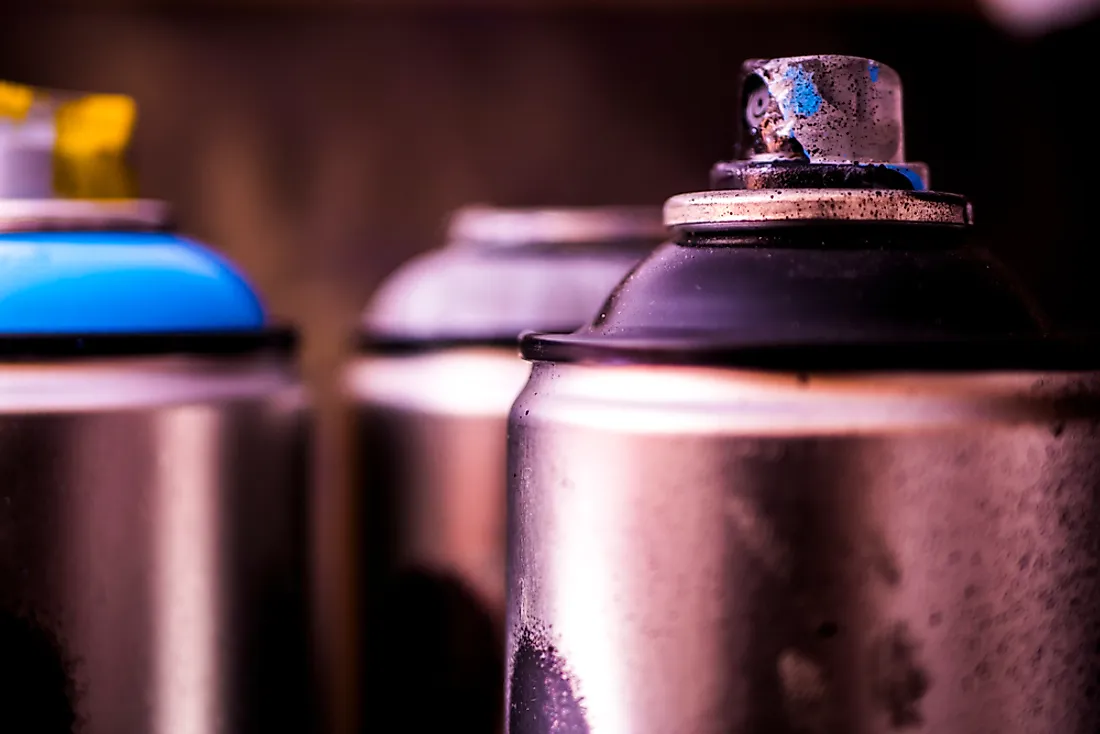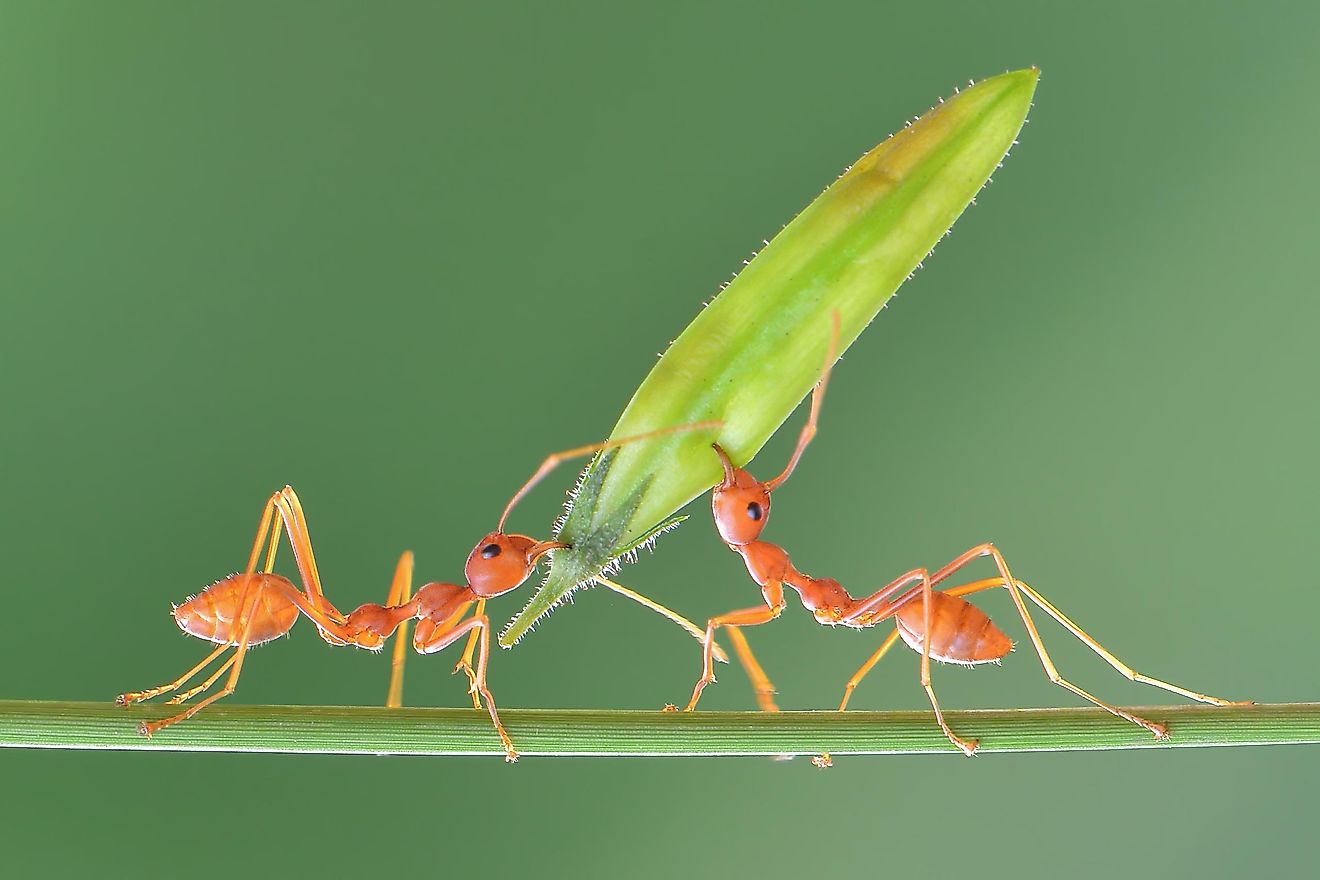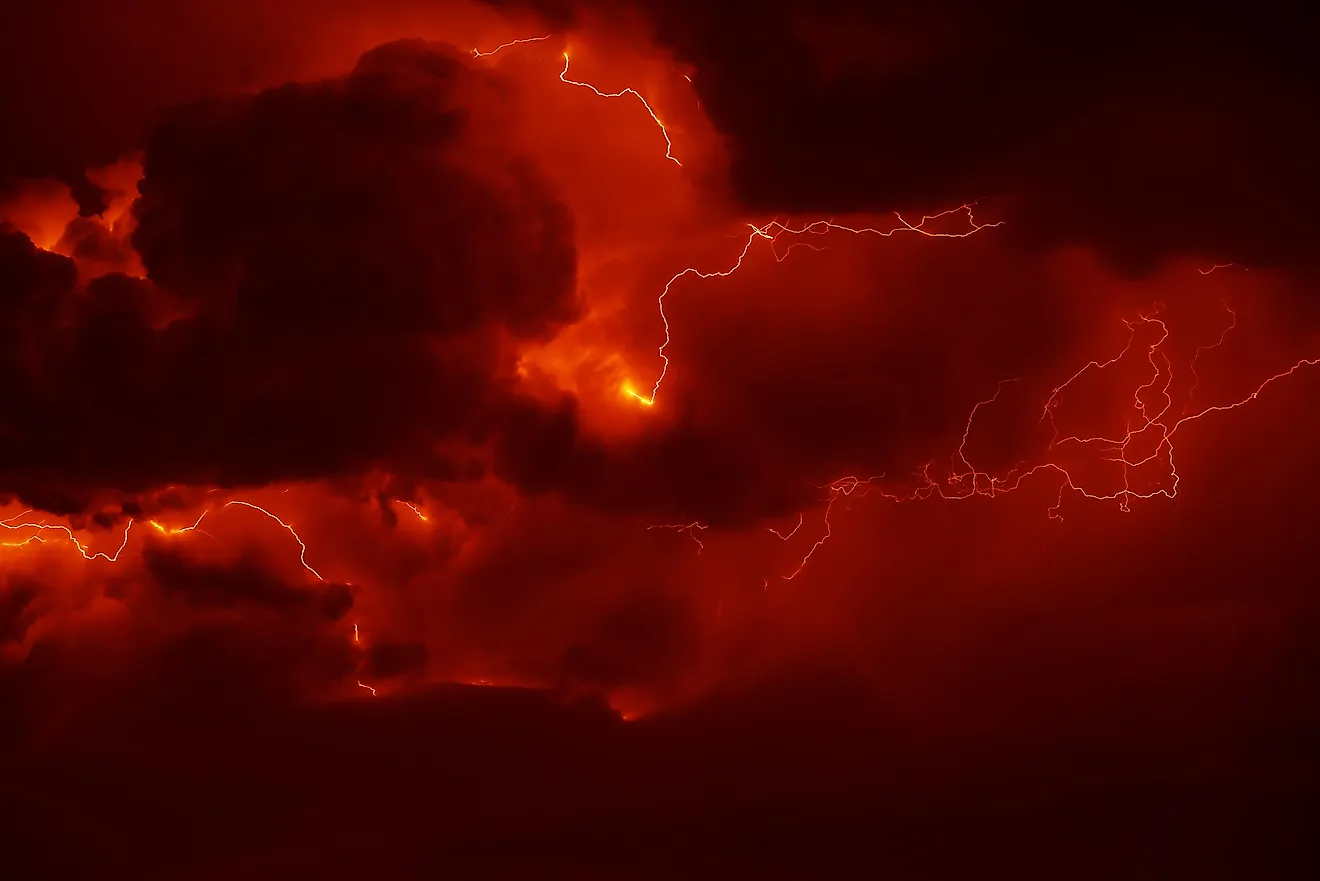What Are Chlorofluorocarbons?

Chlorofluorocarbons, commonly abbreviated as CFCs, are paraffin hydrocarbons that are fully halogenated. CFCs contain fluorine, carbon, and chlorine. These three elements are produced from propane, ethane, and methane as volatile derivative. Freon is DuPont's brand name for CFCs. Dichlorodifluoromethane is the most common representative compound of CFCs. CFCs are mostly used as propellants, solvents, and as refrigerants. The manufacturing of these compounds has been phased out since CFCs are major contributors of ozone depletion in the atmosphere. The Montreal Protocol is being used to phase out these compounds. Products like hydrofluorocarbons are the ones that are being used to replace the ozone-depleting compounds. CFCs are non-toxic and non-flammable compounds.
History
CFCs are compounds that were developed way back in the 1930s. CFCs were developed as a non-toxic and non-flammable alternative to toxic substances like ammonia. As the years passed, there was an increase in the use of CFCs. Since there is very little chlorine in the atmosphere which occurs naturally, CFCs can be used to introduce more chlorine into the ozone layer. The ultraviolet radiation from the sun breaks down CFCs, freeing the molecules of chlorine. These increased amounts of chlorine greatly affect the composition of the ozone layer resulting in increased ultraviolet radiation which scientists have proved to be harmful to both plants and animals. The major advantage of CFCs is that they can easily be converted to liquid and vice versa.
There was a series of fatal accidents which were as a result of methyl chloride which leaked from refrigerators. The accidents were recorded in the 1920s and they put professionals into the task of finding an alternative compound which was less toxic as compared to Sulphur dioxide, methyl chloride, and ammonia which were refrigerants. Thomas Midgley of General Motors synthesized the first CFCs in 1928. He proved how CFCs were more safe refrigerants than the previously used ones and how they could be used in large application commercially. He was issued with the patent of the formula CFCs on the 31st day of December 1928. Kinetic Chemical Company was the first company to produce CFCs which had a trade name of Freon. Du Pont and General Motors-owned this company since they were the founders. Freon was the best-preferred coolant in the air-conditioning system since it was non-toxic. The non-toxicity of this compound made the public health codes to be revised in the American cities.
Composition And Production
Scientists have classified CFCs as halocarbons. Halocarbons are compounds that contain atoms of halogens and atoms of carbon. Each molecule of CFCs use a unique numbering system for labeling. For instance, number 11 indicates the number of chlorine, hydrogen, fluorine and carbon atoms in a CFC compound. The rule of 90 is the most commonly used numbering system. In this type of numbering system, 90 is added to the CFC number. The first digit in the result is the number of carbon atoms, the number of hydrogen atoms is the second digit while the last digit is the number of fluorine atoms. The expression Cl = 2(C+1) - H – F is used to calculate the total number of chlorine atoms (CI).











